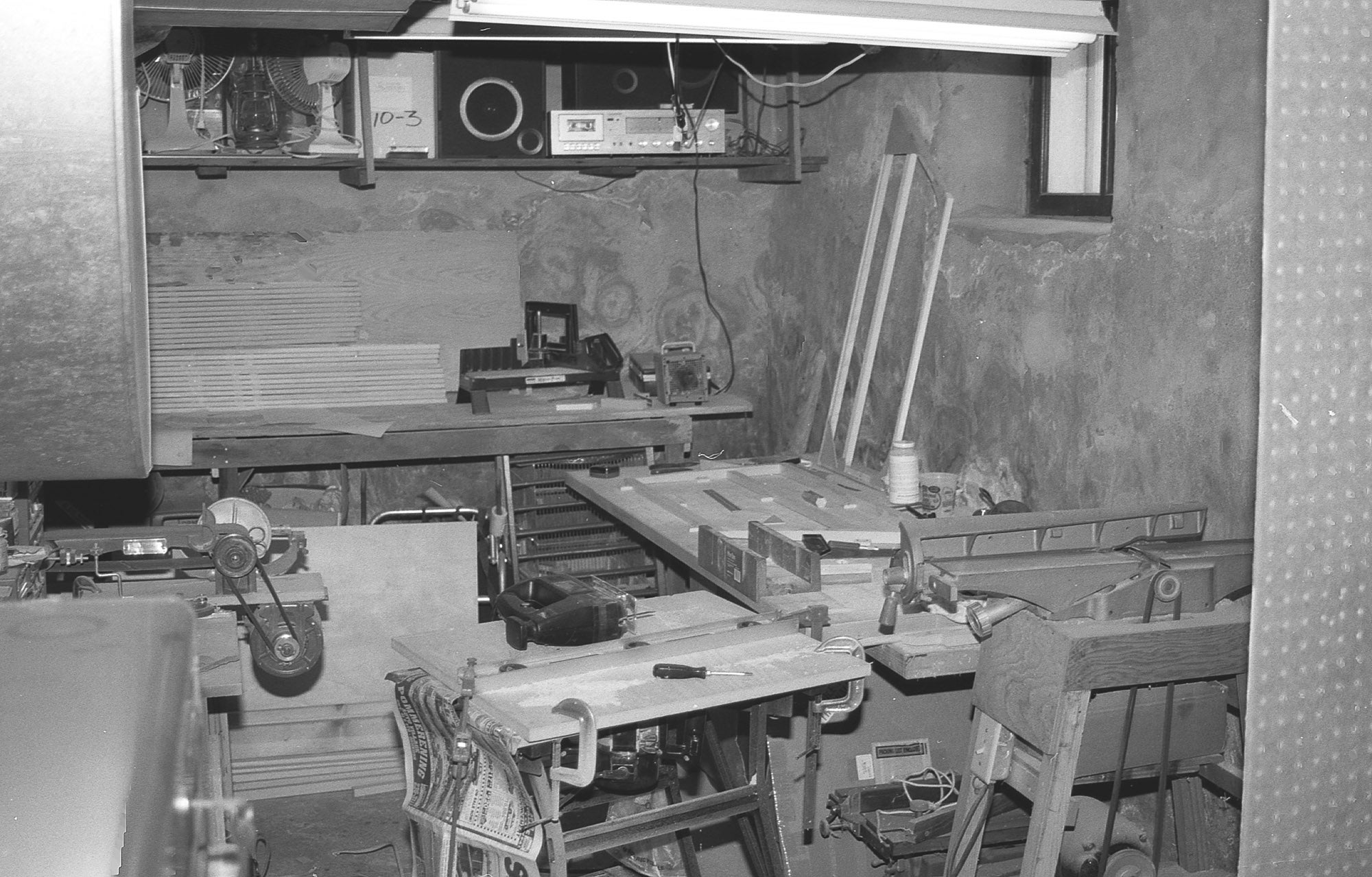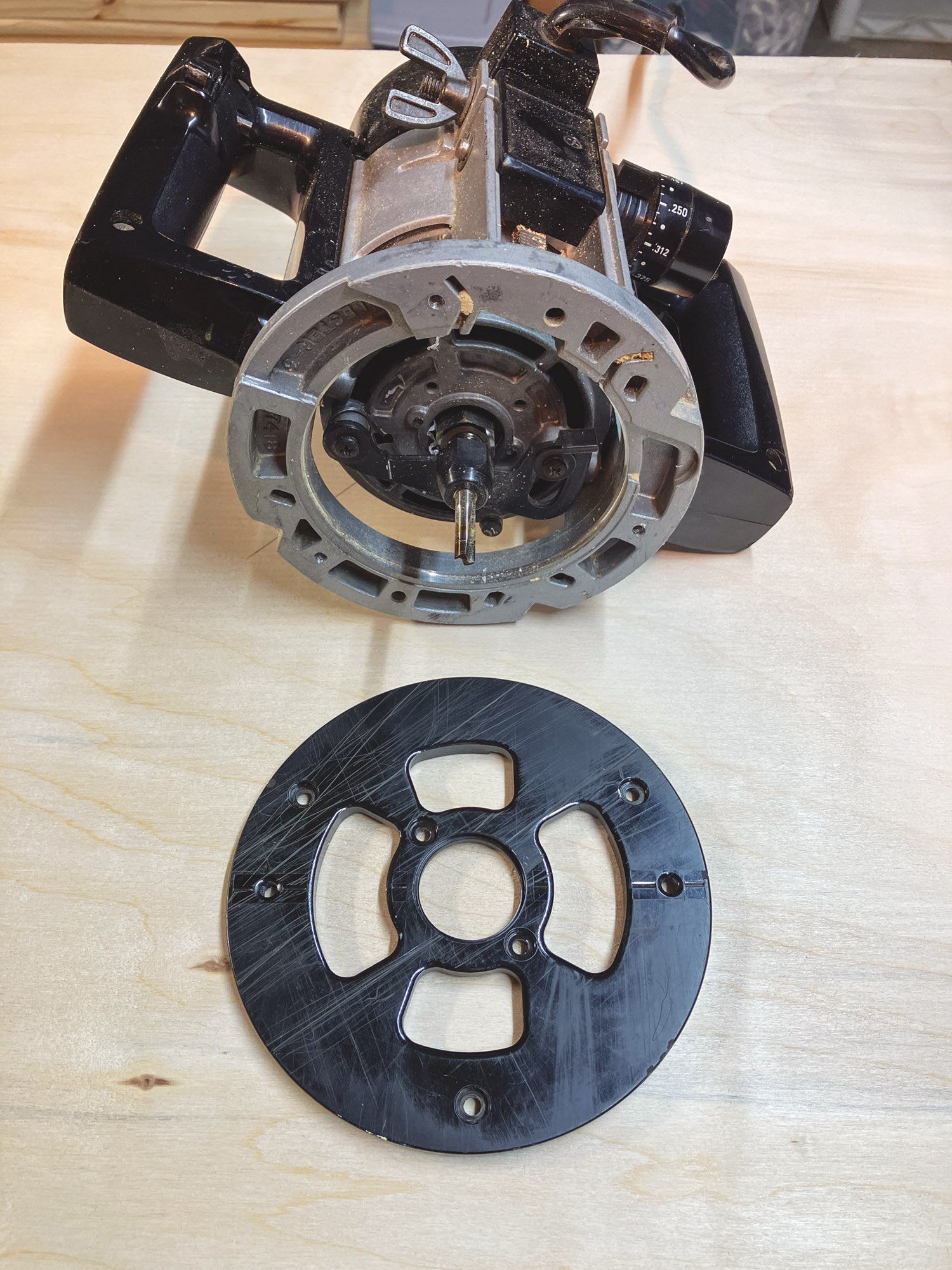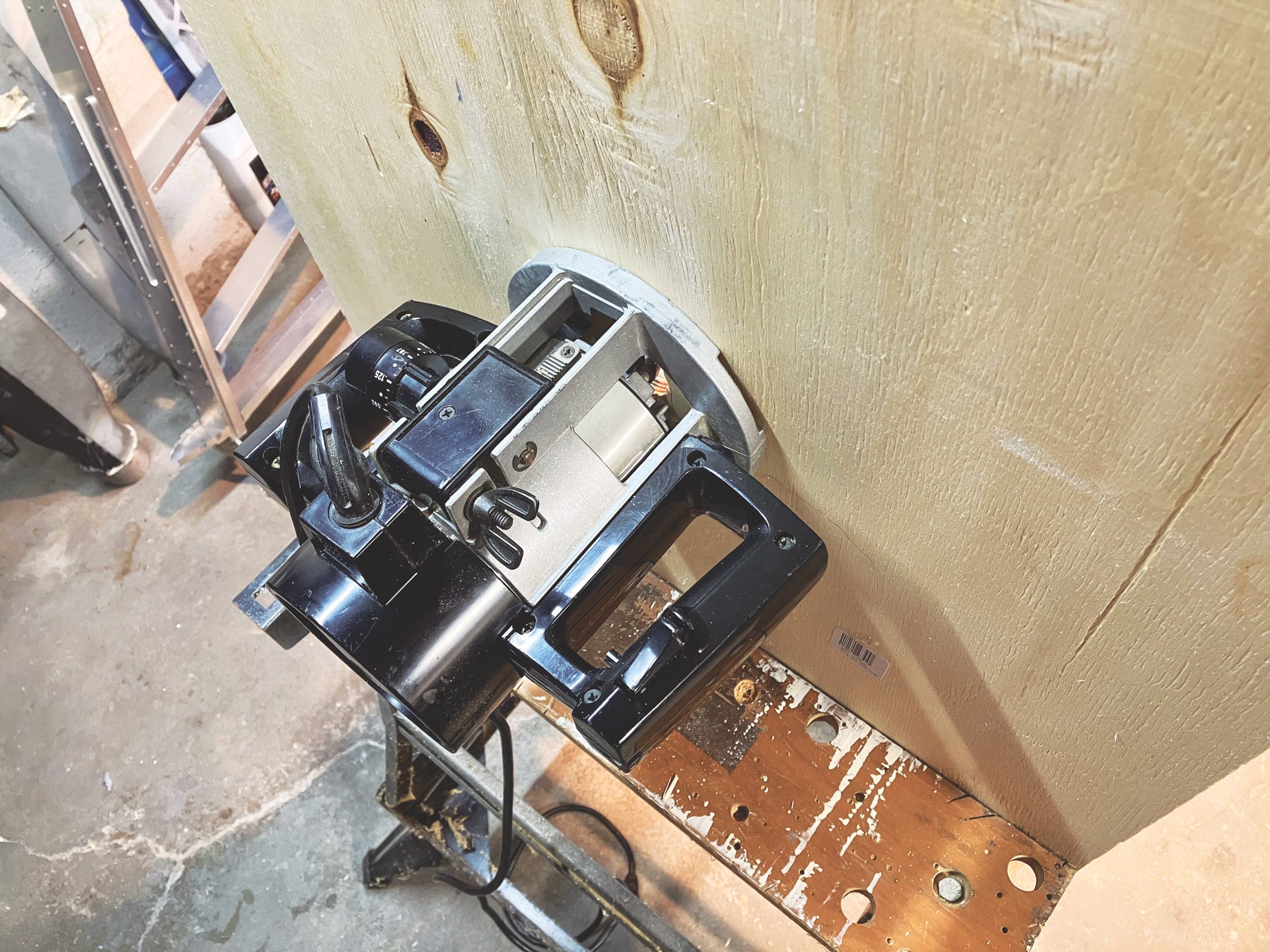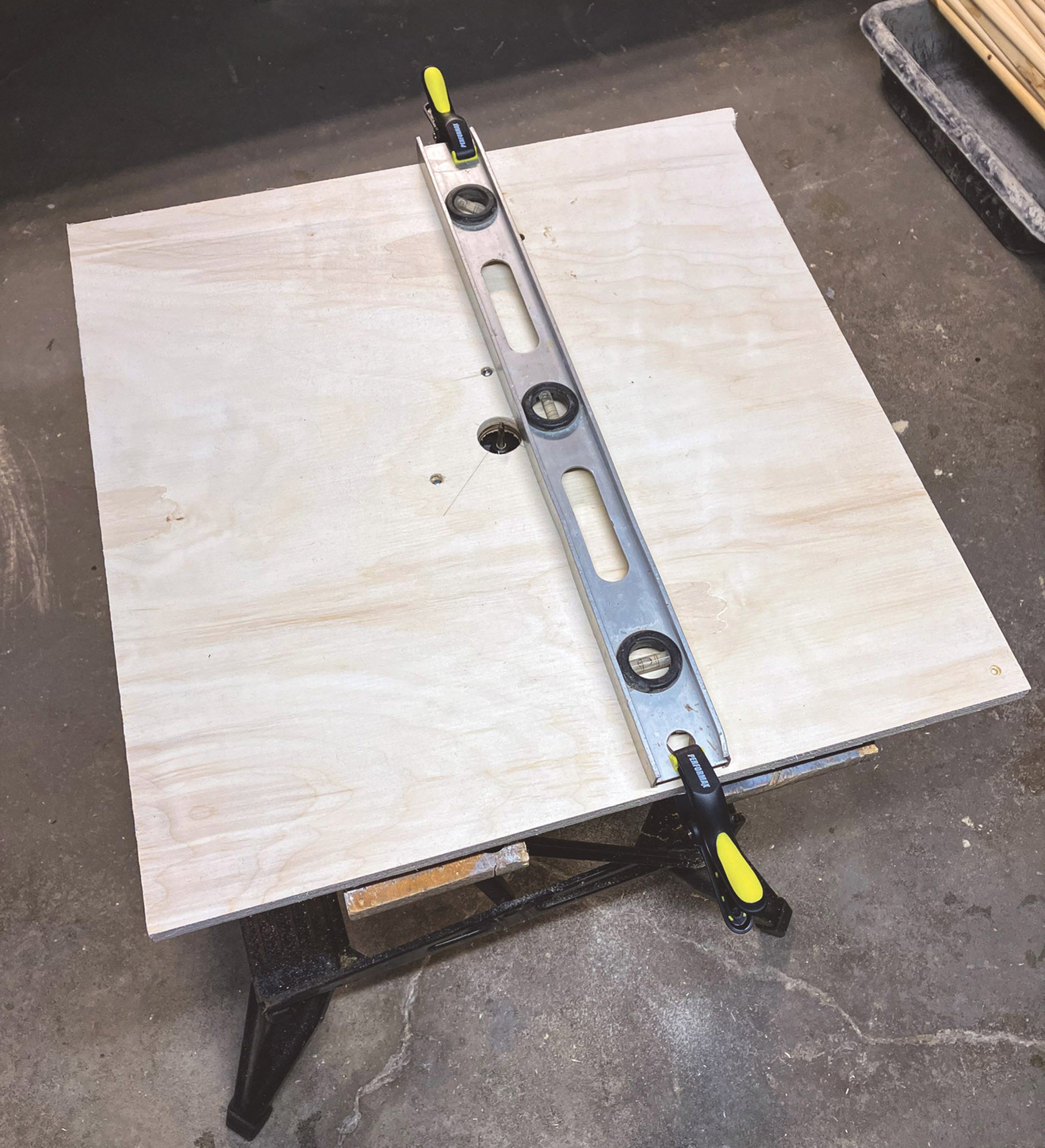
I’m drawn to the simple, low-cost end of the airplane market. The first airplane I bought plans for was the Evans VP-1. The first airplane I started building was a Pietenpol Air Camper. Aeronca Champs were an early favorite in the store-bought category, and remain so. My first flying lesson was in an Aeronca Chief and I couldn’t have been more excited. The panel was so simple, the radio so weak, the fabric so worn, the compression so low. Granted, it wasn’t a stellar example of the breed, but it was $8 an hour, wet. It taught me many things in our one hour together, like how to land at a controlled field using light signals. I’m five decades older than when I budgeted paper-route income between flying lessons and movies with friends, but simple, low-cost airplanes are still my favorite.
Part and parcel to low-cost airplanes, or those that can be low-cost airplanes, is keeping them low cost. Any homebuilt can be lavished with a level of luxury that far exceeds its value. (I’m looking at you, IFR-equipped Sonex.) When I started building the Air Camper, milk was a line item on my budget. Yes, milk. “The children must eat,“ I was repeatedly reminded. At that time I was also remodeling a starter home with hand tools (not powered hand tools, hand-powered hand tools) and commuting to work by bike. Keeping an airplane project low cost was more than necessary; it was the only way I could participate in homebuilding at any level beyond bicycling to Wittman Field (aka Wittman Regional Airport) and sneaking into EAA’s convention (aka AirVenture) over a pasture fence.

It must have been a Christmas windfall or a particularly good fiscal quarter collecting and recycling aluminum cans that put a router in my tool arsenal. That was the one power tool I needed to forge ahead on the tail feathers of the Pietenpol. The wing ribs were piling up thanks to a borrowed miter box and a tack hammer (I owned the tack hammer outright) but the rabbets and round edges of the tail feathers required advanced machining capability. Thus, the router. It had no means to stand on its own, so I improvised a router table from a 3/4-inch-thick sheet of plywood.
While I can’t put my finger on exactly how I acquired the router, the Black+Decker Workmate that gave the router table its legs was a gift. It held the wood form block to which I strapped steamed wing rib top caps, and it held my homemade router table. That table survived nigh-on 30 years before falling victim to water damage a few years ago. When I had cause to make a new one in retirement, to participate in the gentlemanly art of woodworking, I also had the foresight to photograph the process. For budget-conscious or budget-crippled builders (you’re in good company; it’s said that during the Great Depression Steve Wittman lived on a dollar a day, which included what he spent to build his race planes), this one’s for you.
Stuff You’ll Need
- Pencil
- Straightedge
- Drill
- Various drill bits
- Countersinking drill bit
- 3/4-inch to 1-inch diameter hole saw
- Screwdriver
- Machine screw assortment
- Level
- Small(ish) clamps
- Router. Key to the crux of this article is owning a router. I have no recommendation on size, style or brand but I’ve been drifting toward battery-powered power tools and that’s where I’d look if my leashed router weren’t still serving me well.
- Flat board. The table surface needs to be smooth and flat. I used 3/4-inch-thick BC-grade plywood. Home improvement stores sell precut panels ideal for this project if you don’t have a suitable scrap available. My table surface is 24 inches square, the full, uncut size of my store-bought panel.
- Legs or other supporting structure. I still use my 40-year-old Workmate. Two sawhorses would work, as would screwing the router table to the top of a sturdy worktable.

Building the Router Table
- Use the straightedge to roughly locate the center of the board by drawing an X in the middle.
- Remove the bottom plate of the router.
- Center(ish) the router plate over the X.
- Transfer the position of the screw holes onto the board and trace the hole for the router bit.
- Drill the router bit hole to approximately the same size as the hole in the router base.
- Drill the screw holes slightly larger in diameter than the screws they will accommodate.
- Countersink the screw holes to accommodate the screw heads.
- Sand the board smooth where the wood has likely chipped and splintered while being drilled.

Attaching the Router
To attach the router to the tabletop you’ll need screws longer than those that held the baseplate to the router. If you have a catch-all bin of spare hardware, pan it for usable screws. Otherwise, take an original screw to a hardware store to find longer replacements with the same thread. It’s times like this I like hardware stores that sell onesies and twosies. I’d rather buy a few screws in various lengths than 100 screws of the same length.
Attaching the router is the hardest part of the project simply because you must line up three tiny screws and get them started without stripping the holes in the router. I do that by getting each screw started before tightening any of them.

Putting It To Use
As I’ve mentioned, I support my router table with a Workmate. One could also secure the board between a pair of sawhorses with drywall or deck screws. If you have a solid-wood workbench you can screw the router table to the benchtop, but keep the mass of the router against the edge of the tabletop to prevent gravity from claiming the day. The last bit you’ll need is a fence to guide the material. I use a level, as they are straight and tall, but not too tall. Two clamps hold it securely in place. Positioning the fence for each cut is a breeze: Set the fence in relation to the router bit without concern for squaring the fence to the edges of the board.
You Didn’t See This Coming…
I own a purpose-built router table. A nice one. A very nice one. It was my Dad’s. He used it to build furniture. Furniture of the quality that passes from generation to generation. Yet the scrounger in me—the person who financed a scratchbuilt Sonex in part by selling plasma (my own plasma, if you’re wondering)—wanted another router table like I had. It’s portable (my Dad’s table is too cumbersome to drag from the basement to the backyard on a nice day) and when not in use it’s just a 24-inch square board that stores out of my way and frees the Workmate for other duties, as assigned. Yup, simple, low-cost airplanes made with simple, low-cost tools will always be my favorite.













